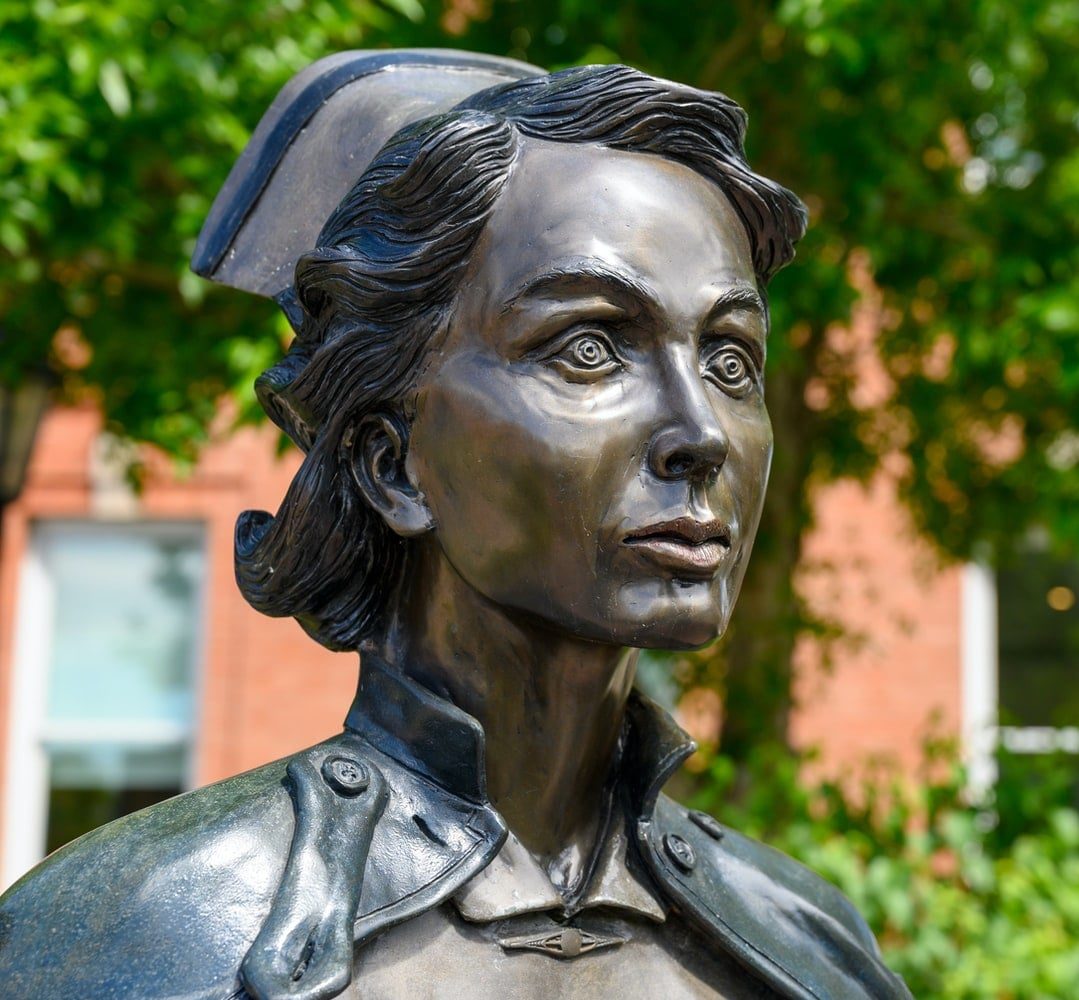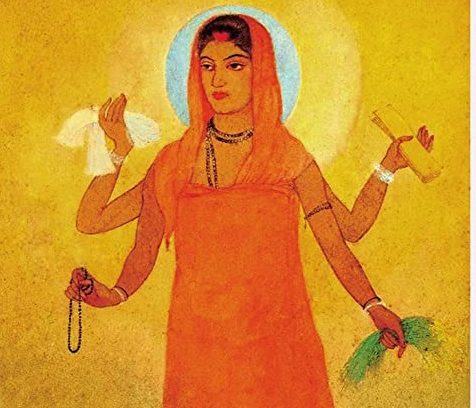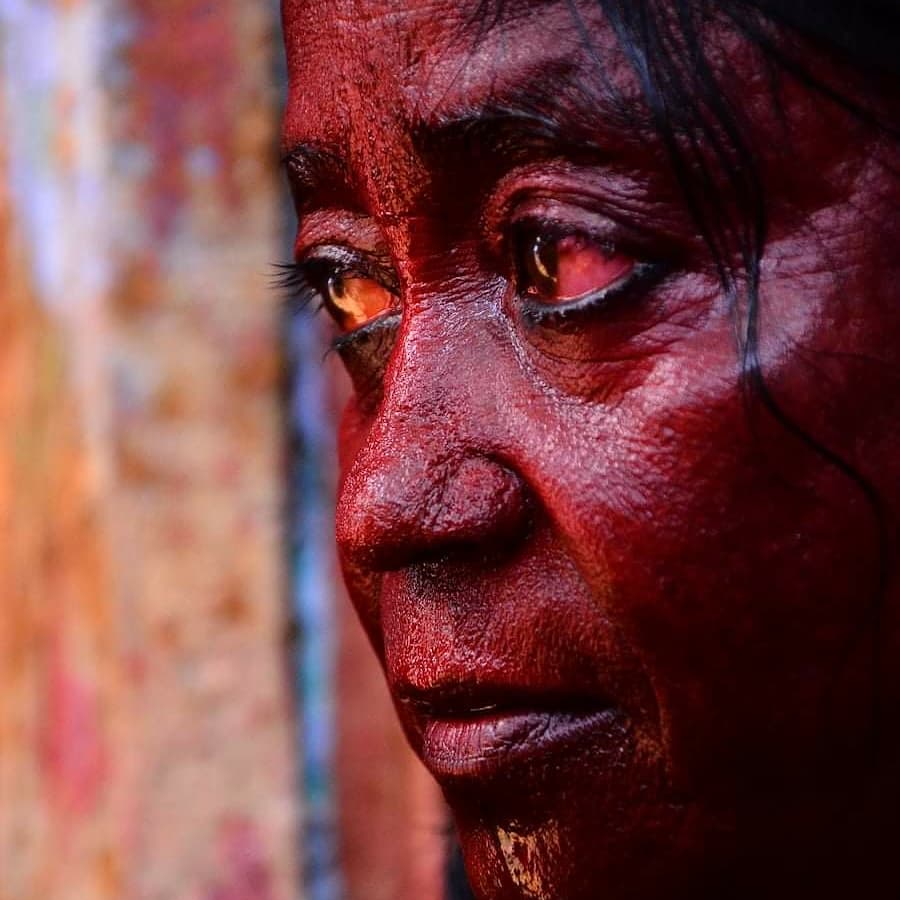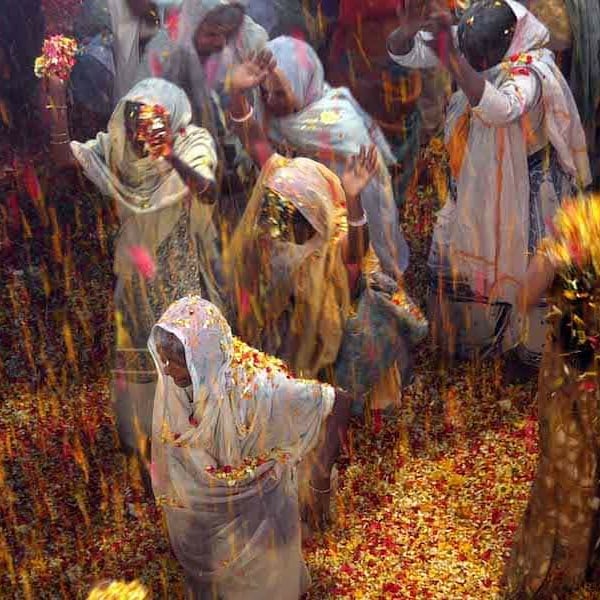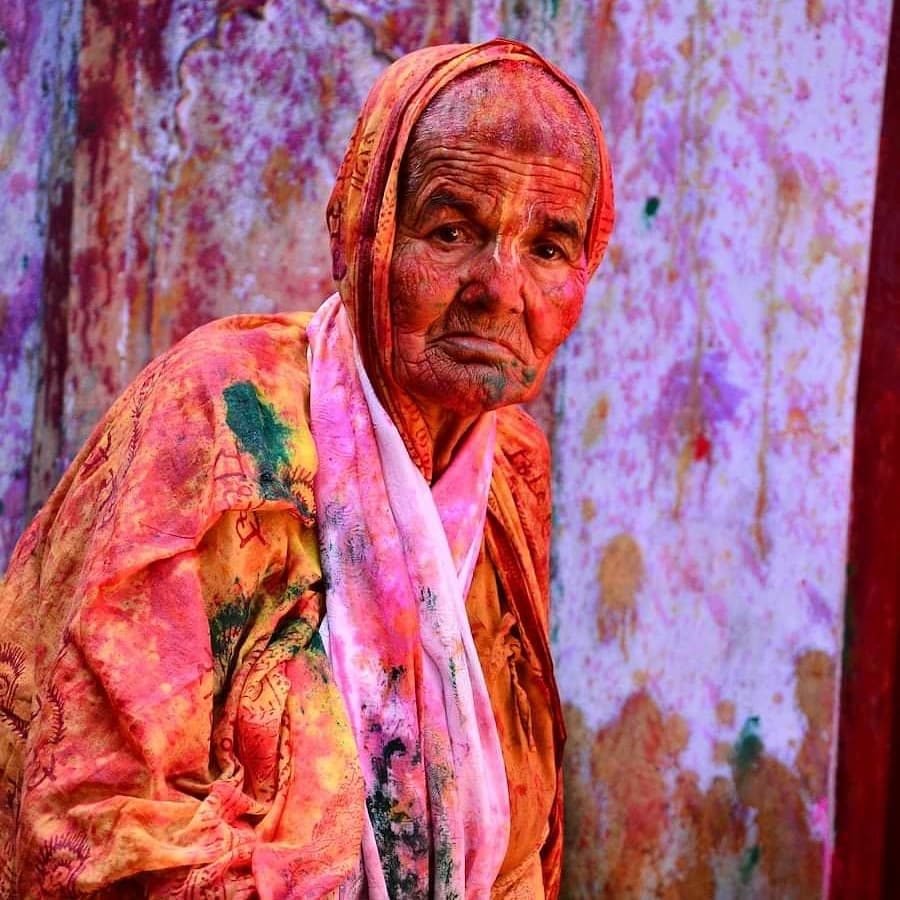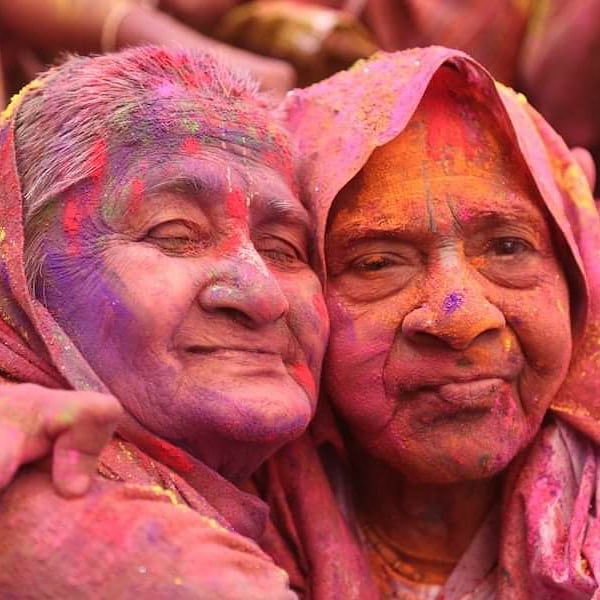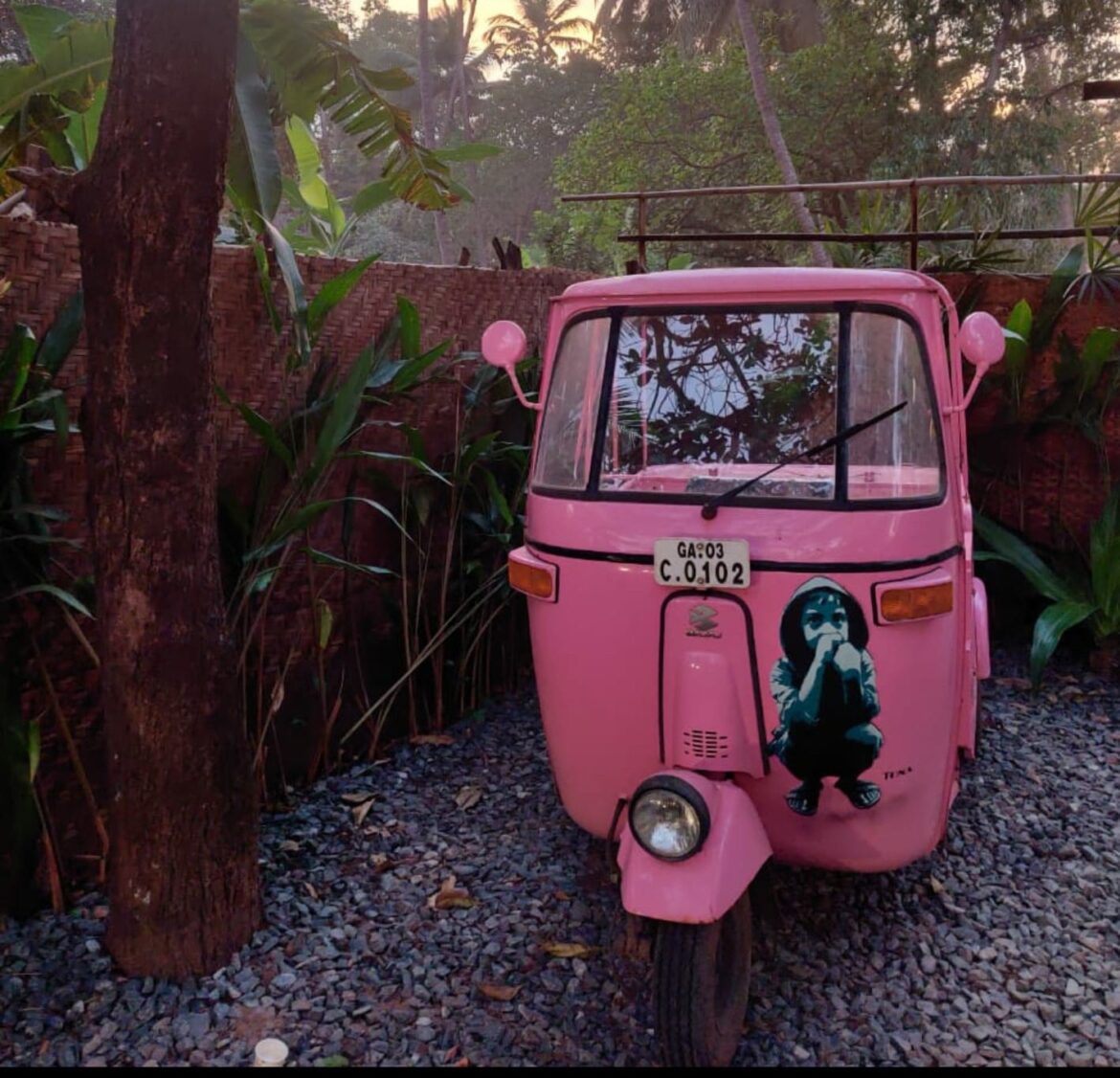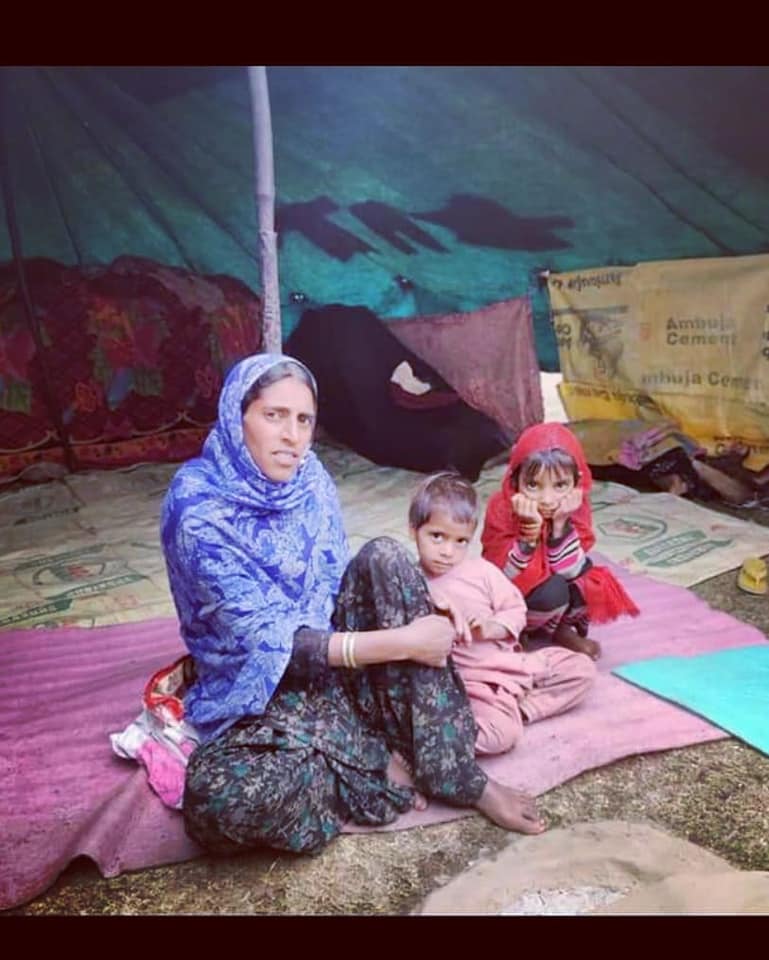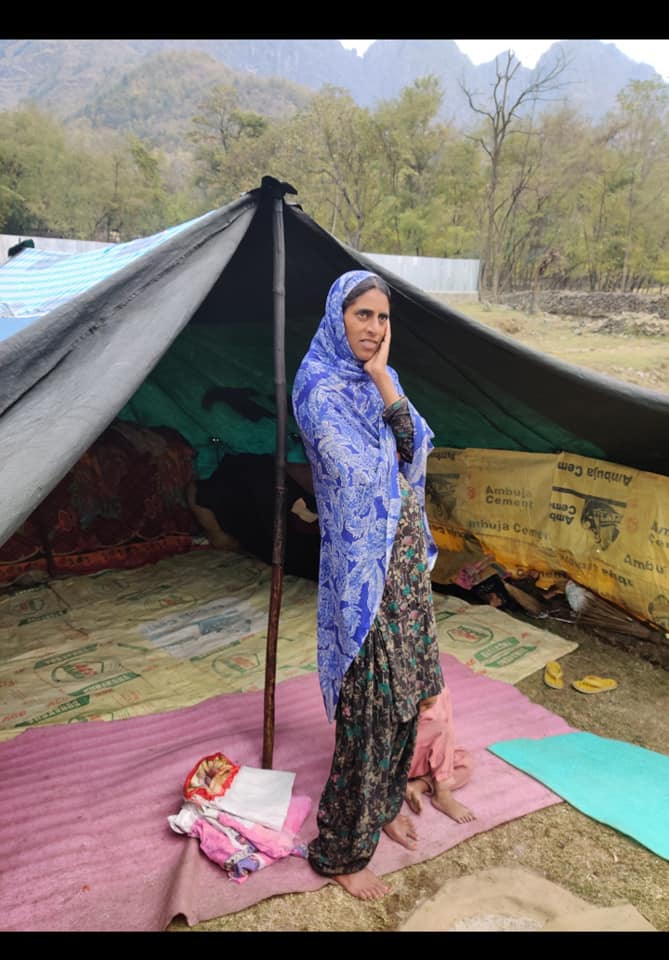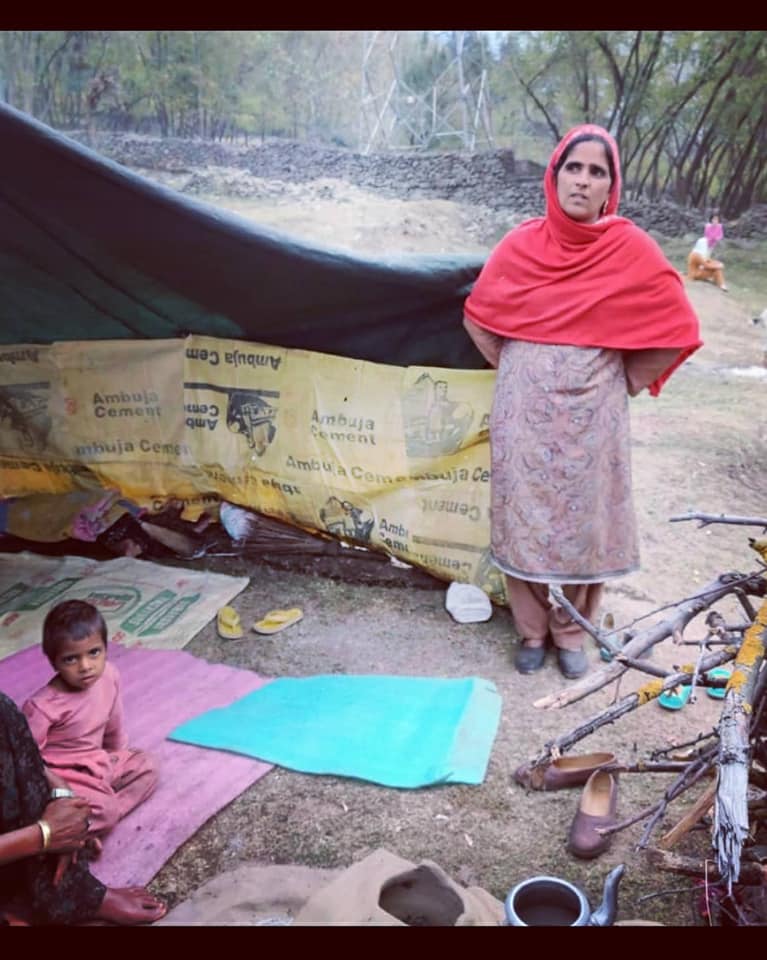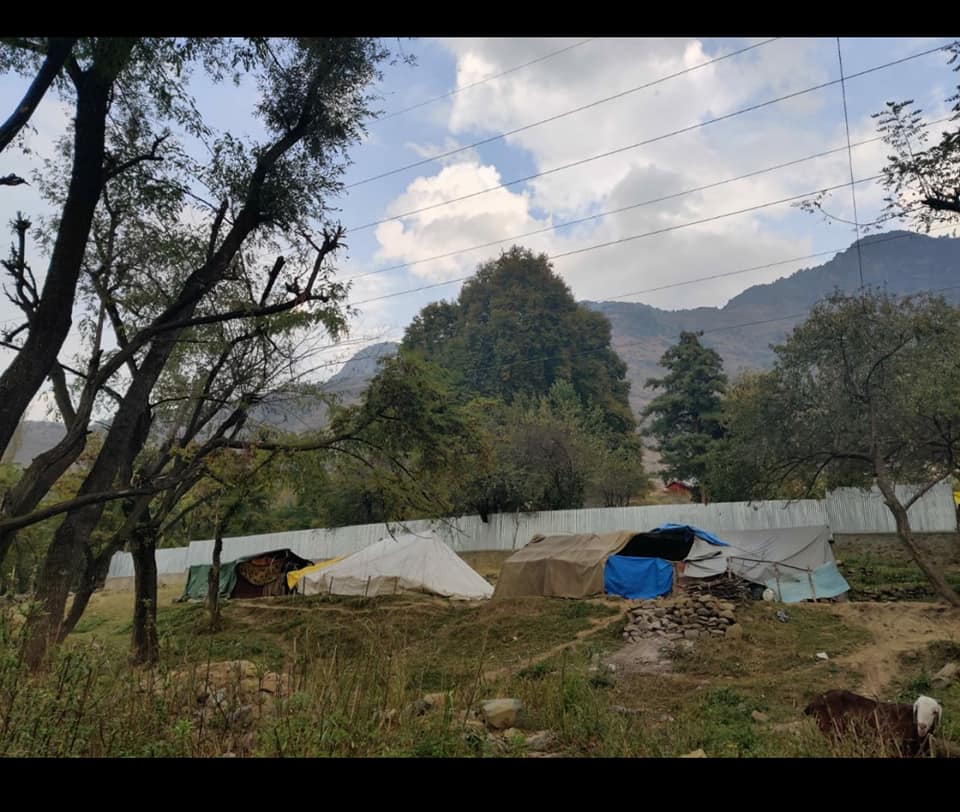By Elsa Lycias Joel [A Poem To Honour Our Nurses]
More than just chosen
A messenger of faith
In times of dejection
There’s hope, she saith
Therefore, she comes by
To lift the broken
And never will deny
Love, a beautiful token.
Awakes a resting mind
She holds herself together
Great courage to find
To be that lifesaver
Never weigh the risks
Shoo! spirit of fear
Rises like a phoenix
Diligent in her warfare.
Against the invisible enemy
In her combat outfit
Architect of her destiny
She holds no regret
Leaving behind her beloved
At home, a fortress
She sees uncertainty ahead
No mission so beauteous.
Fear of losing out
Creeps up on her
Yet, the most devout
Lover, sister, daughter, mother
She waves and leaves
Two hesitant steps forward
Heavy sigh, she heaves
Stoicism, the good word.
Teary eyes so blurred
Nevertheless, a clear vision
Silent cries go unheard
To triumph, her determination
Ardent prayers guard her
As she treads mindfully
Compassion makes her stronger
Cést la vie, hopefully.
Thus sang the Nightingale
For all to know
With joy we hail
Chords, high and low
All around plaintful sadness
Go yonder, find solace
Embrace songs of gladness


